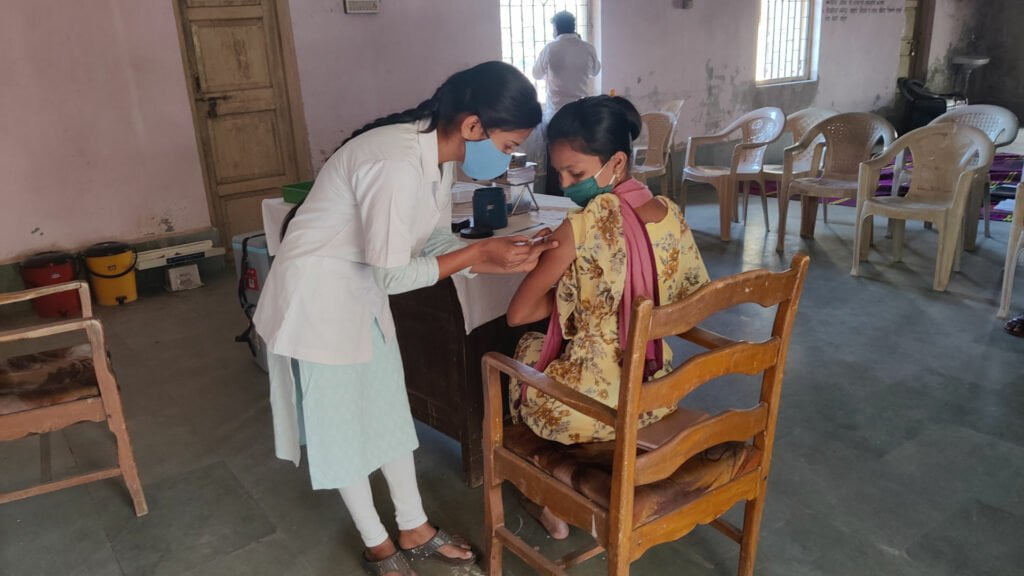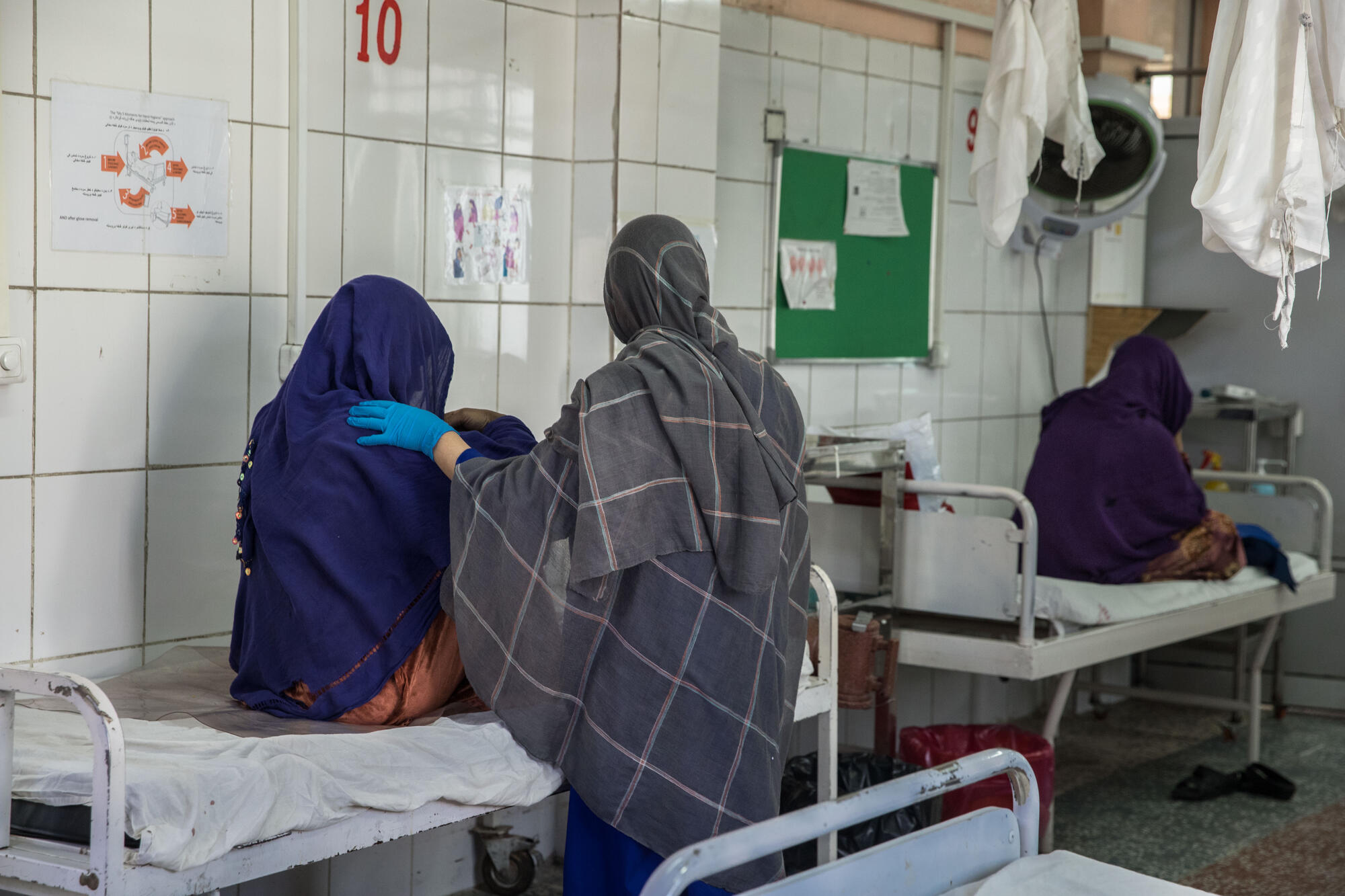In a highly unequal world, there is no doubt that medicine and the medical industry treat men and women differently. The 2022 Access to Medicine Index – Special Report on Women’s Health and Sexual and Reproductive Health and Rights, published by the Access to Medicine Foundation and referenced by the World Economic Forum specifically analyses the gendered impact of a lack of access to medicine. The story it tells speaks volumes about inequality, inequity, and the exclusion of less-economically developed countries from the life-saving science produced by international corporations.
Profit maximise
While it is obvious to consider that pharmaceutical companies, like any other company, are profit-maximising in nature, it must also be considered that healthcare is a primary need. Does it really make sense to leave the lives of millions of girls and women worldwide in the invisible hand of the profit motive? Phrased differently, do women and girls deserve healthcare even when corporations would not profit off of it? The Access to Medicine Index suggests otherwise, and it highlights the fundamental dangers of doing so. The dangers of the profit motive manifest in the projects chosen by companies for research and development.
Companies are more likely to invest in products which would lead to higher profits, such as non-communicable diseases. This means that over 60% of research and development in the industry is for cancer, including breast, cervical, ovarian and uterine cancers. Medication for HIV/AIDS and Hepatitis B also receive a lion’s share of investment.
The major issue that affects the prevalence of sexual healthcare is simply the number of registrations of sexual health products in low and medium income countries – of the 39 products assessed, only 46% (18 products) were registered in low-income countries, whereas a much higher percentage were registered in UMICs and LMICs, meaning that women in these countries have access to half the healthcare, half the safety, and half the right to life as everyone else.
What is left behind are products and services which may not receive such a large profit margin. This is known as a product gap, where the free market is simply unwilling to produce these products. These therapeutic products include products for hypertensive disorders for pregnancy, postpartum haemorrhage, STIs, and more. When the free market refuses to incorporate these issues into research and development, it means that medicine refuses to move forward, and large swathes of women are left behind, culled by the free market.

The effects of R&D gaps are also shocking. Maternal mortality rates are disproportionately high in low-income countries with an average of 462 deaths every 10,000 live births. This is contrasted to the 11 maternal deaths per 10,000 live births in high-income countries. While several factors, such as access to hospitals and doctors affect these rates, there is no doubt that research and development in product gaps could better serve these suffering women, making childbirth a less treacherous experience.
Availability and affordability
Another concern the Access to Medicine Index addresses is the registration of medication around the world, carried about by the pharmaceutical companies. When a product is not registered in a country, it cannot be sold, limiting the range of technology and medicine women have access to for their health. This is not simply pain-alleviating medication but critical, life-saving technology.
Also read: Yentl Syndrome: Gender Data Gaps In Medicine & Its Implications For Women’s Health
The major issue that affects the prevalence of sexual healthcare is simply the number of registrations of sexual health products in low and medium income countries – of the 39 products assessed, only 46% (18 products) were registered in low-income countries, whereas a much higher percentage were registered in UMICs and LMICs, meaning that women in these countries have access to half the healthcare, half the safety, and half the right to life as everyone else.
Yet, there are positive exceptions in this scenario. Contraceptive products, such as IUDs, are most available in low and middle income countries. This is possibly due to these products having spent a longer time on the market, and hence having the time and the incentive to grow their customer base into low and middle income countries.

HIV/AIDS products have also been registered in several low and middle income countries, since their primary consumer base is in these countries. It is obvious that even when a product is registered in low and middle-income areas, it is not accessible to everyone due to low incomes and high prices. These life-saving products are stopped from reaching the people they can save simply due to cost issues. A way to combat this is by using pooled procurement. This means that large volumes of health products are purchased by an organisation to distribute in different countries. The ability of this organisation to buy in bulk allows them huge discounts, meaning that they are able to pass on these discounts to low and middle income countries. Organisations such as Global Fund to Fight AIDS, Clinton Health Access Initiative, and others act as the middleman in this situation, buying and reselling these medications and treatments at a lower cost.
Also read: The Crumbling Healthcare Infrastructure And Access To Abortion In India
The impacts of these supranational agreements are huge. The United Nations Population Fund estimates that the access to contraceptives through their pooled purchase programmes allowed an additional 60 million women to use modern contraceptives. It is now imperative to expand the scope of pooled procurement funds, which are currently limited to contraceptives and HIV/AIDS medication. Products for non-communicable diseases, such as breast and uterine cancer, also need to be involved under pooled procurement schemes in order to increase access for women from low and middle income countries.
The Access to Medicine Index focuses on corporations, their responsibilities, and the range of actions available to them to better reach women in low and middle income countries. A series of solutions, including R&D investment, supranational procurement, access strategies, and inclusive business models were suggested to ensure women’s healthcare was prioritised.
There are also other strategies to ensure that women from low and middle income countries manage to receive the medication they need. Health and regulatory bodies in low and middle income countries need to emphasise on equitable pricing strategies, which takes into consideration the ability of the consumer to buy the product and uses pricing and non-pricing strategies to ensure maximum reach of these products.

Another possible strategy is non-exclusive voluntary licensing, where the company allows for the manufacturing and selling of cheaper, generic forms of their medication in lower and middle income countries. Novartis’s access strategies for its maternal hygiene product in Colombia, India, and Togo represents an implementation of equitable forms of distribution of products, moving away from over-reliance on market forces and instead relying on governmental and non-governmental organisations to skew the market in the favour of social progress.
Slow to the uptake
Lastly, the Access to Medicine Index emphasises on the need for companies to ensure the uptake of their products in lower and middle income countries. One of the biggest measures in the field are initiatives to improve health system gaps in lower and middle income countries, such as a lack of trained healthcare workers and a lack of disease awareness. MSD For Mothers, for example, is one of the largest sexual health-related capacity building exercises in the world, reaching most low and middle income countries.
Established in 2011, it aims to address preventable deaths and support quality healthcare for women through the company’s considerable financial resources and expertise. Another area where companies can assist capacity building is through supply chain building, where companies target issues such as a lack of trained staff and weak information systems. These measures are often a collaboration between state and non-state actors, but they are highly effective in reaching millions of women who need these products for any dignity of life.

Inclusive business models, which incorporate women and girls from poverty-stricken regions, are a commercially viable strategy to improve women’s health in low and middle income countries. Novartis’ inclusive business model for breast cancer treatment in the Philippines is an example of this, the company launched a payment plan that relied on increasing adherence to the product, and used technology to assist patients with enrolment and medication reminders.
Looking forward
The Access to Medicine Index focuses on corporations, their responsibilities, and the range of actions available to them to better reach women in low and middle income countries. A series of solutions, including R&D investment, supranational procurement, access strategies, and inclusive business models were suggested to ensure women’s healthcare was prioritised.
Also read: Medicine Was Never Apolitical Or Equitable: Lessons From India’s Grim COVID-19 Second Wave
However, given the profit motive of companies, it is necessary for government and government bodies to provide incentives for incorporating these strategies, and legislation against business strategies which exploit women for their basic needs. That is the only way that women’s healthcare can move forward from the past, into the future.





